-kq9C--758x531@Diario%20Sur.jpg)
The birds that are flocking to Malaga city and towns along the Costa del Sol
A look at the urban birdlife on the coast where the birdcount numbers more than just the sparrow and the monk parakeet
They live in cities, towns and villages, although many folk do not notice their presence. From the smallest feathered friends to birds of prey, they form part of the urban ecosystem both in Malaga and in other provinces. Beyond the soundtrack they provide in green areas or on coastal strips, urban birds play a fundamental role in the control of insect and rodent pests in our urban areas.
This biodiversity can only be appreciated if you pay a modicum of attention to your surroundings. Sometimes it is necessary to look up at the tallest buildings, where kestrels or swifts have found those elevated positions for takeoffs and landings, replacing the cliffs or crags they would have in the natural environment.
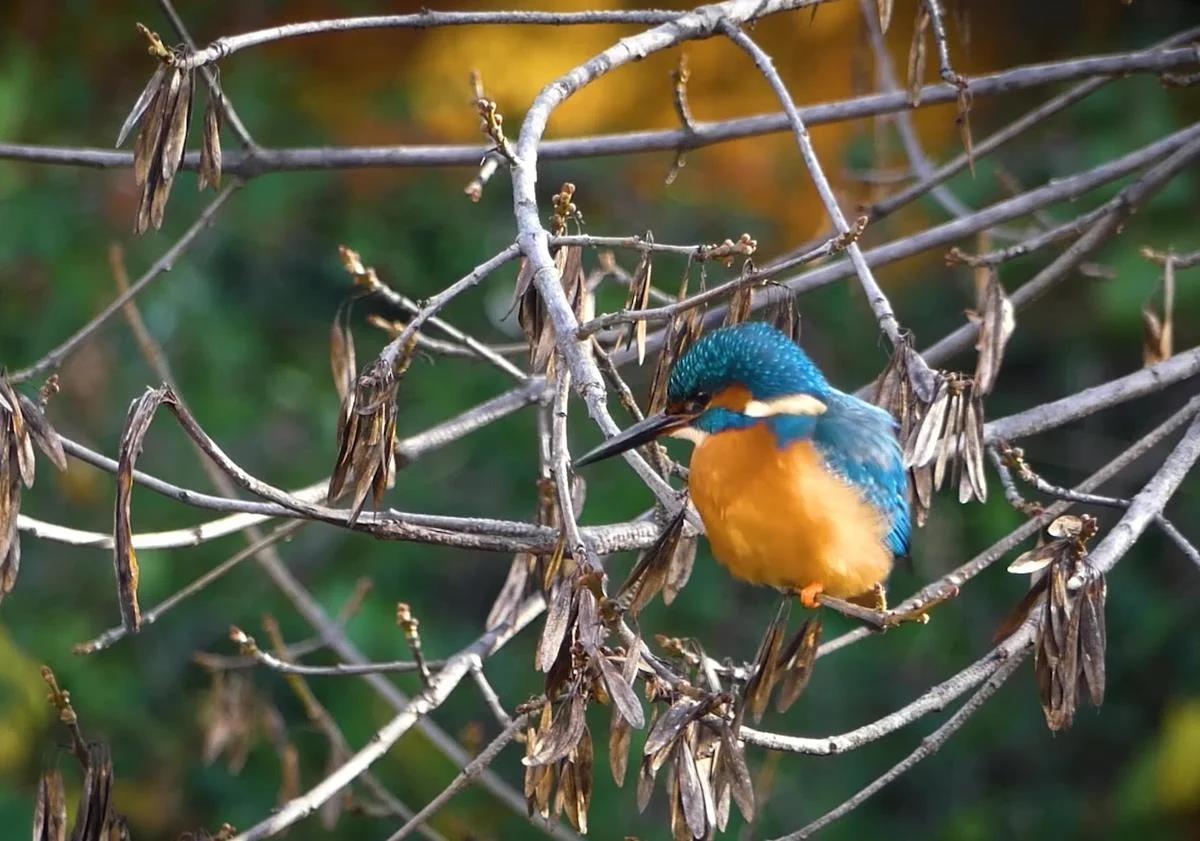
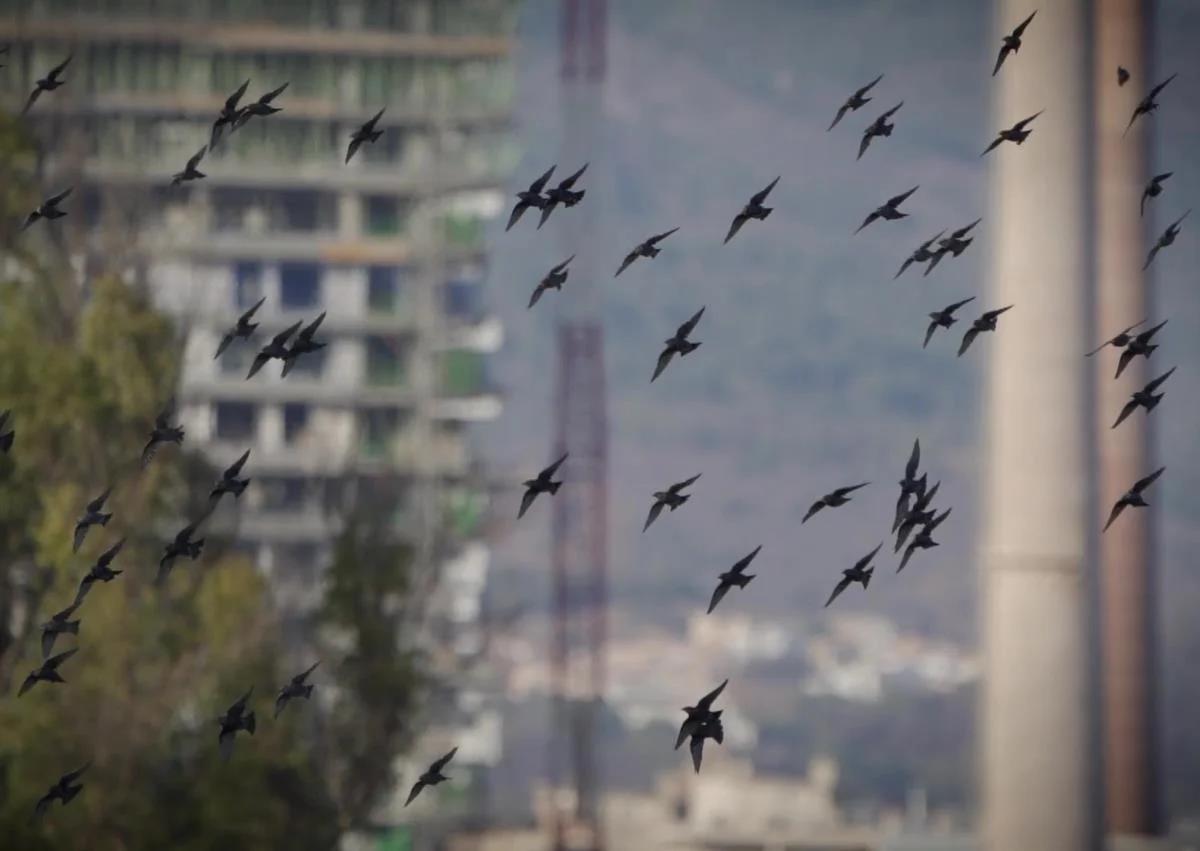
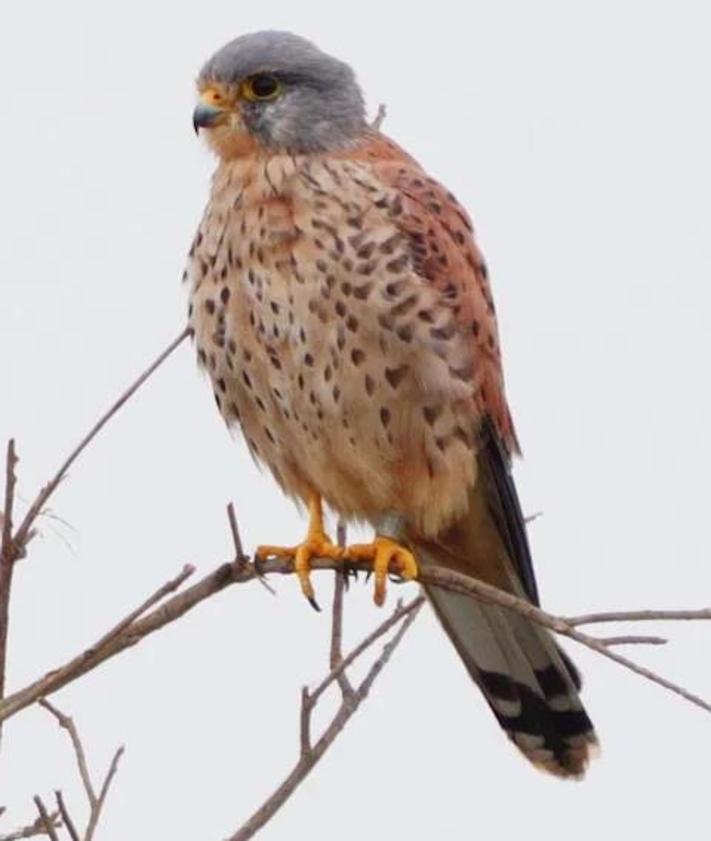
A city such as Malaga and other large towns on the Costa del Sol are used by some species as their feeding grounds. In fact, you can sometimes see a booted eagle or the little owl looking for their daily food in the streets and other urban spaces, while they go to rest in places away from the noise. There are also those that do just the opposite, such as starlings, which live in the city but fly out to feed in the nearby countryside.
There are birds that only come to spend a season. The best known case is that of spring, with the arrival of swallows and swifts that make their nests in many buildings. For other species the warm winters in Malaga are the big draw, so they migrate from the north to seek that milder climate. This is what happens with the black redstart, the crag martin and the robin.
There are also those that pass more fleetingly, but are occasionally seen over buildings or in the city's green spaces. They are the migratory birds that make Malaga province an almost obligatory part of their passage from north to south and back again. Good examples of these migrants are storks, kites and bee-eaters.
There are also many birds that stick around all year, such as the sparrow, adapted to urban life, or the blackbird, which is often seen in garden areas looking for food.
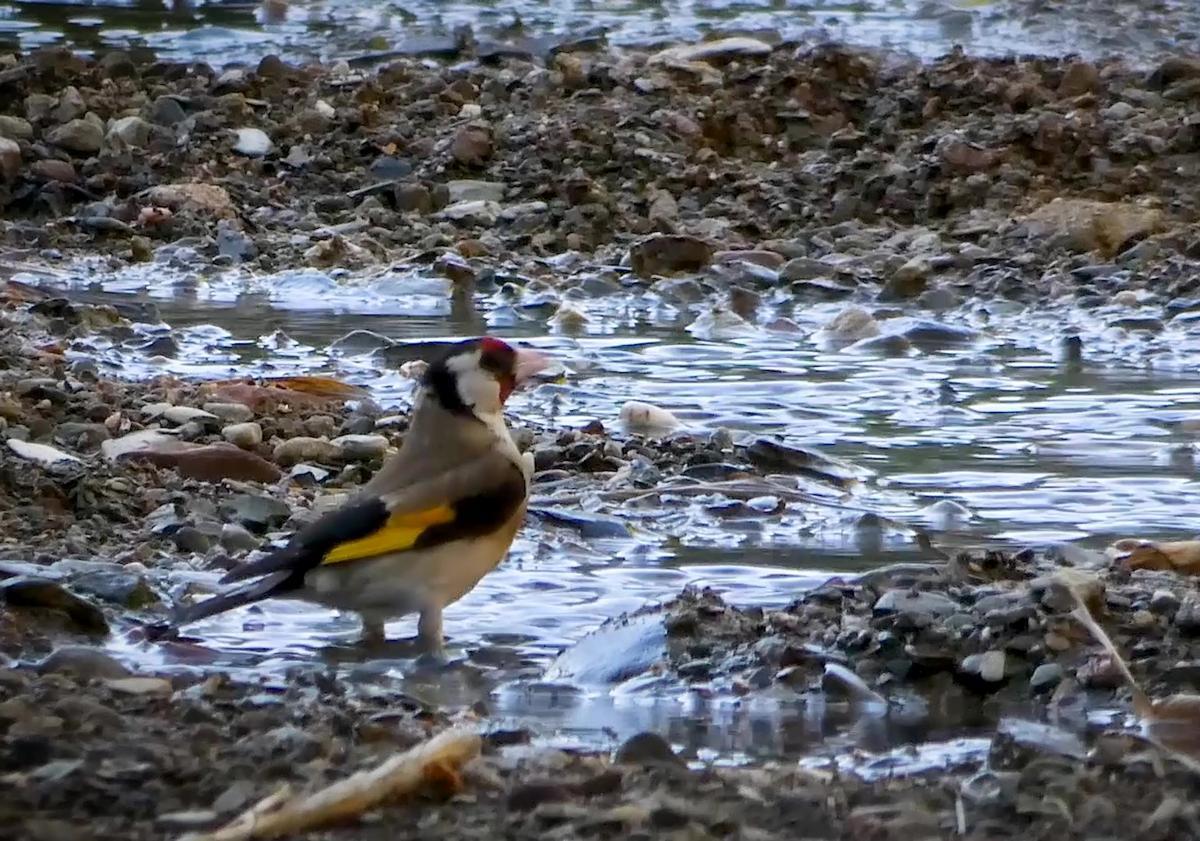
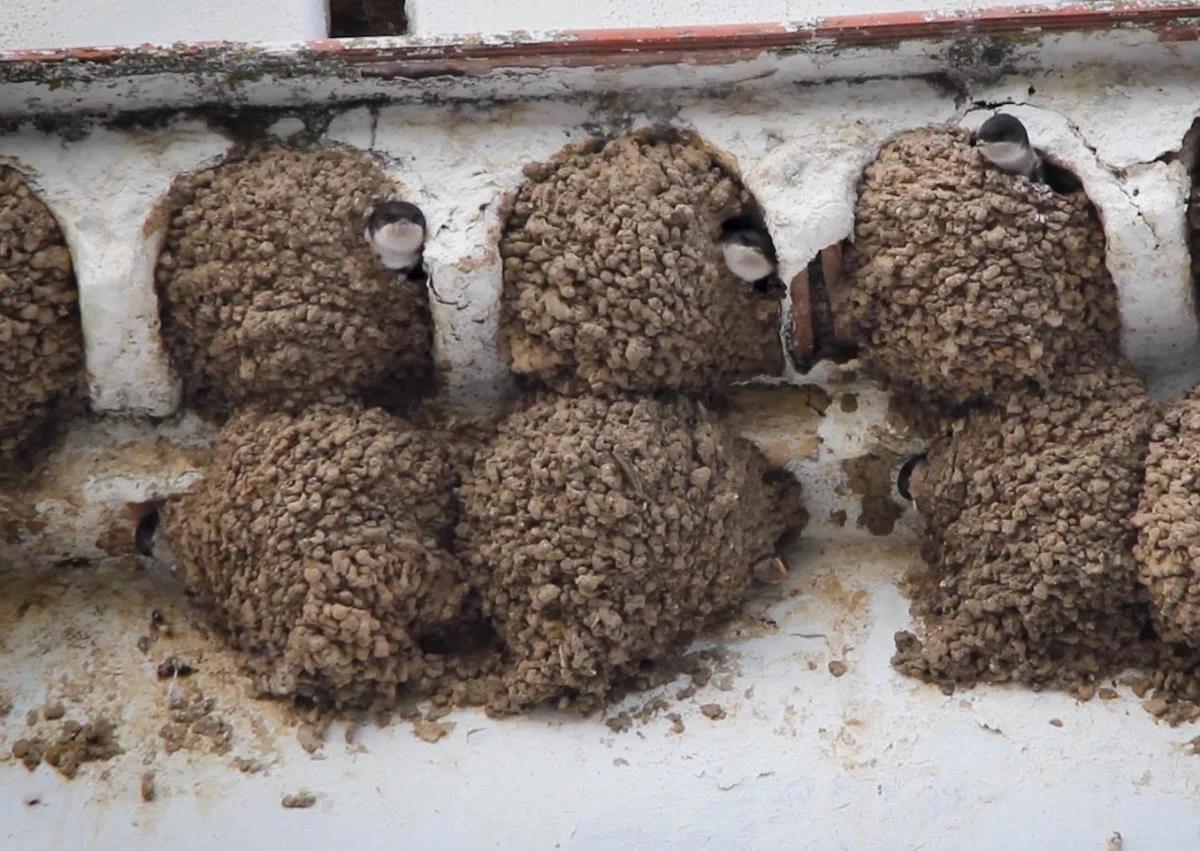
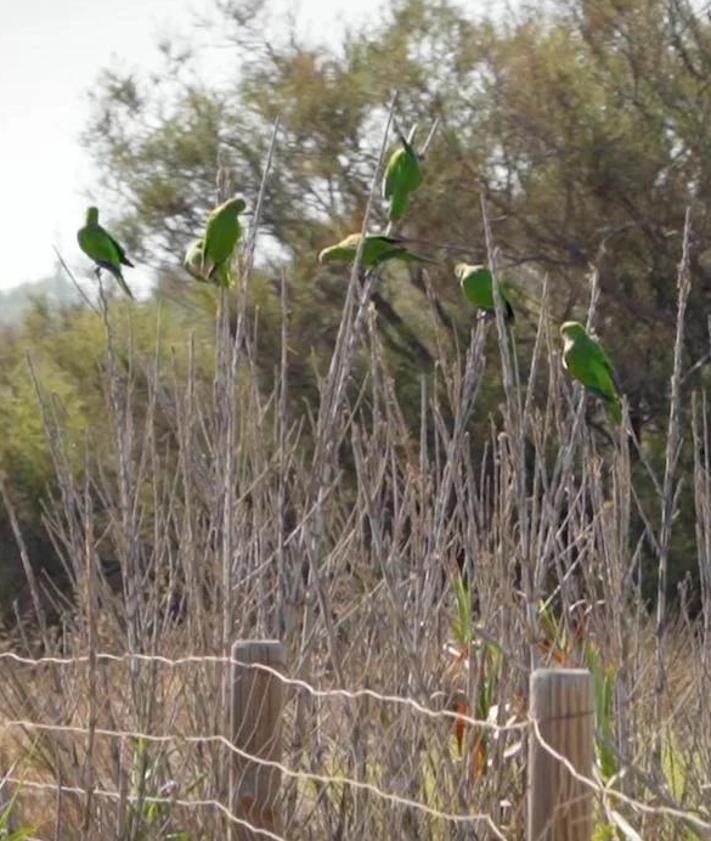
Of course, it is the greener areas of city and large towns that are the habitat with the most winged neighbours. Wood pigeons, crossbills, chaffinches and flycatchers are some of the frequently-seen residents in such places.
However, due to the characteristics of this province, Malaga is home to a greater variety of birdlife than the aforementioned. For one thing it has important wetlands, from the natural reserve around the Guadalhorce river mouth to the Vélez river delta in Torre del Mar. There are also several small lakes, many of artificial origin, which serve as shelter for different species of birdlife. Birds can also be seen pretty much in any patch of water and even the smallest of ponds in parks. The kingfisher, the common moorhen, as well as herons and ducks form part of these ecosystems.
Moreover, in the coastal municipalities they are used to seeing different types of gulls, but there is also the great cormorant or the gannet. Then, in the open spaces of the suburbs, other birds can be seen and heard, from the colourful goldfinch to the enigmatic red-necked nightjar.
The towns and cities have also served to shelter two species of noisy parakeet: the monk parakeet (also known as the Argentinian parrot) and the rose-ringed parakeet (also known as ring-necked parakeet or Kramer's parrot). These are just two of the so-called invasive species that have been present in these and other Spanish towns and cities for decades. Still, they are far from being the only birds from other habitats that have been seen flying around in Malaga. From Harris's eagle to the Nile goose, both have been spotted recently in different enclaves of the province.
What all these birds have in common is their links with Malaga's urban environments, although they are often almost invisible to many people.
